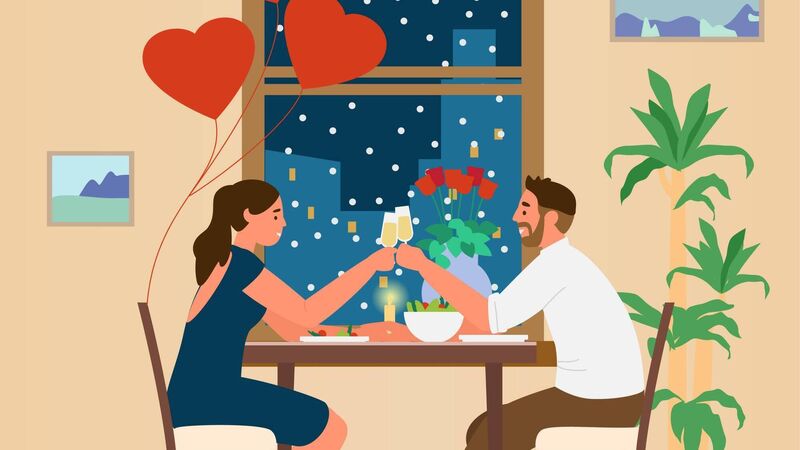Appliance of Science: The brain in love

The heart may be the main organ associated with love but it's the brain that really does all the work in riding the roller coaster of romance.
With romance in the air this week, the focus turns to love. When we talk of love we usually mention the heart but it actually another organ, the brain, that is very much in control of romance.
Why then do we talk about the heart at all when it comes to love? Maybe because various aspects of love can affect the heart, causing it to beat faster. But these little heart flutters are only the end result; love relates to our brains more than our hearts. When it comes to looking at how love is controlled, a good place to start is the limbic system within our brains.
It is the part of the brain that controls our emotional responses so it is not surprising that it helps to coordinate the body’s roller coaster ride through love.
The hypothalamus is one of the brain regions that makes up the limbic system and is often considered the main control centre of love. It gathers the various stimuli felt by the body (those smells, touches, sounds) and creates the body’s physical response to the emotions associated with those stimuli. It does all this without us even being consciously aware of it.
As we first fall in love we experience quite a high due to increased levels of dopamine produced by the hypothalamus. Dopamine is associated with the body’s reward system, it causes that first buzz of love.
As the first flush settles into something more permanent, hormones like oxytocin and vasopressin are produced. These are associated with bonding and their production is controlled by the hypothalamus too.
As well as controlling hormonal release, blood pressure, heart rate and body temperature in response to the presence of a love interest, the hypothalamus can even influence how our muscles respond, that coy smile or inviting gesture.
Muscle movement can influence how we feel, so the simple act of smiling can make us feel happy. Some research suggests that as we get to know someone (particularly in the romantic sense) we will often unconsciously start to mimic some of their muscle movements and facial expressions. We do this to get a better idea of what emotions they are feeling… we literally try on their expressions like we would a piece of clothing.
Of course there are many other regions of the brain involved in falling in love, and staying there. MRI studies on people in love showed how much more of their brains lit up when they looked at someone they loved. It also highlighted the amount of connections made between the various parts of the brain when in love.
Some of the areas of the brain reported to light up during these early stages of love are also those that are activated by addiction. However romantic love calms after a period of time, in part due to those increases in oxytocin levels, leading some researchers to suggest that oxytocin treatment may be of benefit in treating drug addiction too.
Of course not all the regions of the brain are turned on in response to love. Some seem to be turned off, in particular parts of the pre-frontal cortex appear to be less active in the first flush of love and attraction. These areas are also associated with logical thinking and decision making. The madness of early love proving that love wins over logic!
Read More









